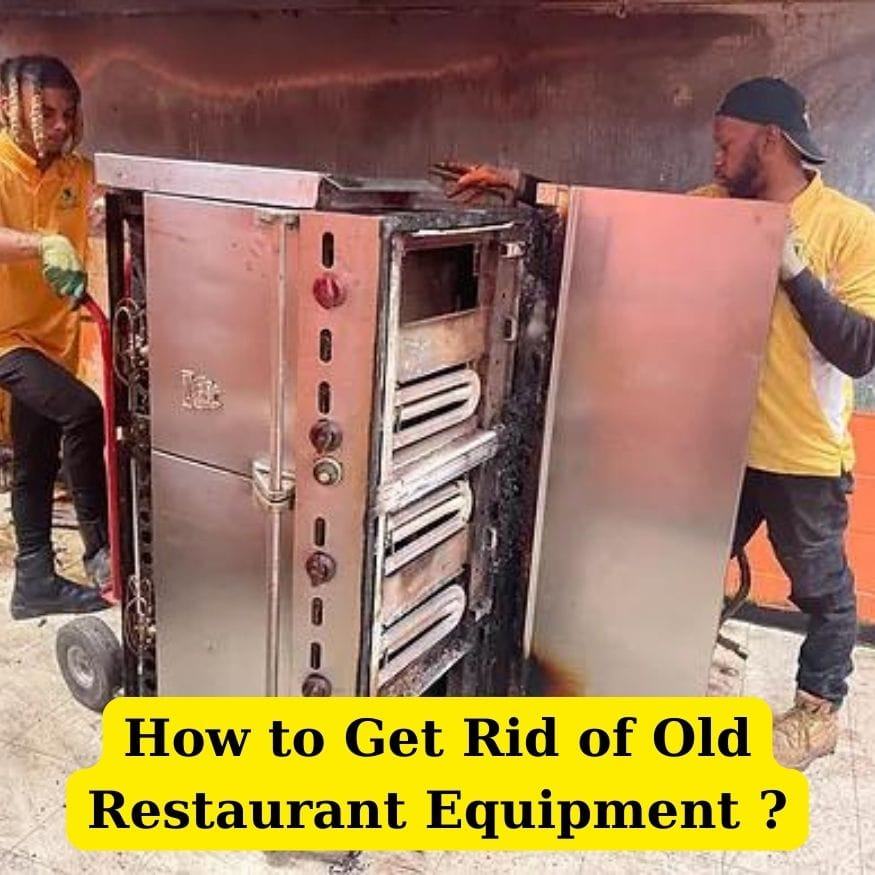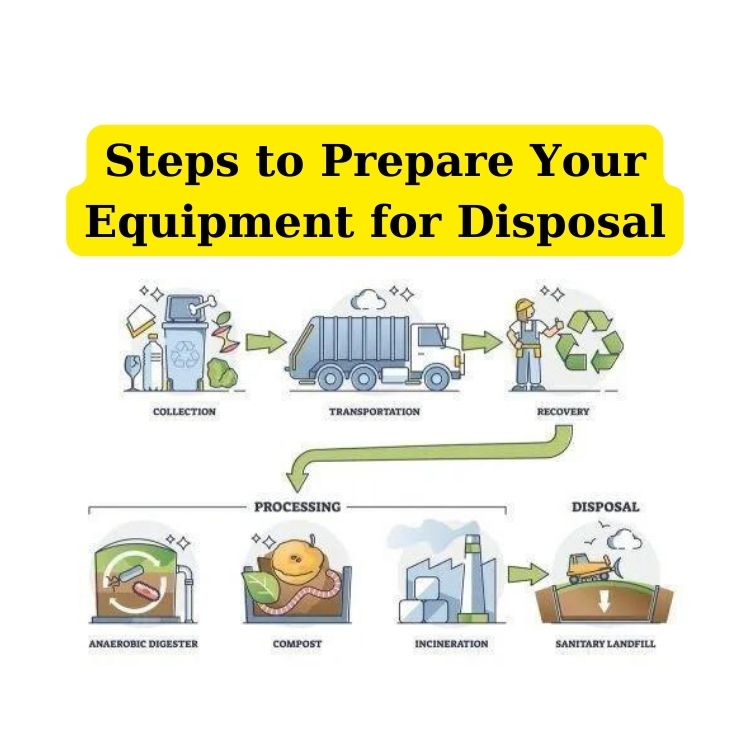As restaurant owners and kitchen managers, you’re often faced with the challenge of disposing of old, outdated equipment. Whether upgrading your appliances or simply decluttering, it’s essential to handle this task efficiently and responsibly. This guide provides actionable steps and insights on how to get rid of old restaurant equipment, ensuring you make the best choices for your business and the environment.

Why Proper Disposal Matters
Environmental Impact
Proper disposal of restaurant equipment is crucial for minimizing environmental harm. Many kitchen appliances contain hazardous materials such as refrigerants and heavy metals that can contaminate soil and water if not handled correctly. Recycling and proper disposal help mitigate these risks and contribute to a cleaner, greener planet.
Compliance with Regulations
Adhering to local and federal regulations is not just a legal obligation but also a responsible practice. Regulations often require businesses to follow specific procedures for the disposal of commercial equipment. Failure to comply can result in fines and penalties, making it essential to understand and follow the rules.
Options for Disposing of Old Restaurant Equipment
Recycling
Benefits of Recycling
Recycling old restaurant equipment helps reduce waste and recover valuable materials. Many commercial kitchen appliances are made of metal, glass, and plastic that can be reused in new products. Recycling facilities can properly handle these materials and ensure they don’t end up in landfills.
How to Find a Recycling Facility
To find a recycling facility near you, search for local e-waste recycling centers or commercial waste disposal companies. Make sure the facility accepts the type of equipment you need to dispose of. Some facilities may offer pickup services, making the process more convenient for you.
Donation
Organizations That Accept Used Restaurant Equipment
Donating old restaurant equipment is a great way to give back to the community and extend the life of your appliances. Organizations like food banks, community kitchens, and nonprofit organizations often accept equipment donations. Contact local charities or search online for organizations in need of kitchen appliances.
Benefits of Donating
Donating equipment not only helps those in need but also provides you with potential tax benefits. Many charitable organizations will provide a receipt for your donation, which can be used for tax deductions.
Selling
Platforms for Selling Used Equipment
If your equipment is still in good working condition, consider selling it. Online marketplaces like eBay, Craigslist, and specialized restaurant equipment websites can help you reach potential buyers. Additionally, local equipment dealers or consignment shops may be interested in purchasing used items.
Tips for Preparing Equipment for Sale
Ensure your equipment is clean and in working order before listing it for sale. Take clear, detailed photos and provide honest descriptions of the item’s condition. This transparency helps build trust with potential buyers and increases the likelihood of a successful sale.
Costs and Considerations
Cost of Disposal Services
Depending on the disposal method you choose, costs can vary. Recycling centers may charge a fee for processing equipment, while donation and selling may involve minimal costs. Obtain quotes from different disposal services to find the most cost-effective solution for your needs.
Potential Savings from Recycling or Selling
Recycling and selling old equipment can offer financial benefits. By recycling valuable materials, you may reduce disposal costs. Selling equipment not only recovers some of your initial investment but also helps offset the cost of new purchases.
Steps to Prepare Your Equipment for Disposal

Cleaning and Decontamination
Before disposing of your equipment, thoroughly clean and decontaminate it. This step ensures that no food residue or hazardous substances are present, making the equipment safer to handle and process.
Disconnection and Safety Measures
Ensure that all equipment is disconnected from power sources and water lines. Follow safety procedures to avoid accidents and ensure the equipment is safe for transport and disposal.
How to Choose the Right Disposal Method
Factors to Consider
When choosing a disposal method, consider factors such as the type of equipment, its condition, and your budget. Different methods may be more suitable depending on whether the equipment is still functional or needs recycling.
Comparing Options
Compare the benefits and costs of recycling, donating, and selling to determine the best option for your situation. Each method has its advantages, so choose the one that aligns with your goals and resources.
Conclusion
Properly disposing of old restaurant equipment is essential for both environmental responsibility and business efficiency. By following the guidelines provided, you can make informed decisions that benefit your business and contribute to a sustainable future. Whether you choose to recycle, donate, or sell, taking the right steps ensures a smooth transition and helps you stay compliant with regulations.
FAQs
What are the best methods for disposing of restaurant ovens?
The best methods include recycling through specialized facilities, donating to charities if in working condition, or selling on online marketplaces.
Can old restaurant equipment be donated to charity?
Yes, many charities and community organizations accept donations of used restaurant equipment. Contact local organizations to see if they are in need.
How much does it cost to dispose of commercial kitchen equipment?
Costs vary depending on the disposal method. Recycling centers may charge fees, while selling or donating may involve minimal expenses.
What are the environmental benefits of recycling restaurant appliances?
Recycling helps reduce waste, recover valuable materials, and prevent hazardous substances from contaminating the environment.

Related Articles :